The burial place of the famous artist Sergey Kalmykov, who died in 1967, was considered lost for 55 years. Searches only began in the late 1980s and early 1990s, but even then they were unsuccessful. Just as in his lifetime Kalmykov was called crazy, so his art was misunderstood and lost by his contemporaries. A banal story of a great artist, as if from the methodology of the greats...
"There is, however, one corner of the exhibition that causes annoying bewilderment. It is a corner of Sergey Kalmykov's works. His soulless schematism does not evoke any emotion at all and in content is an incredible confusion. In his "Tribune-Monument" on the one hand a very unfortunate aspiration to create a monument to the naivety of a tribune, on the other - the full profanation of the artist's idea, some ridiculous figures, one of which by swagger looks like a salesman, absurdly waving huge empty suitcases. The top is encased in a network of some kind of slats. What these slats are supposed to represent is probably incomprehensible to the artist himself. Naked, soulless formalistic schematism is the essence of this picture," these words were said in the Literary Kazakhstan magazine about the work of Sergei Kalmykov in 1937.
The urban madman then - the demanded genius now
Today, Sergey Kalmykov is one of the outstanding Kazakh artists whose works are auctioned with unprecedented success for national art. It is Kalmykov's work that art fraudsters choose to sell fakes.
At the moment in the Kasteev Museum more than 1100 works of art by Sergei Kalmykov made in paintings and drawings. This is a large collection of paintings from different periods of the artist's life. He, sometimes due to lack of finances, could paint a picture on anything he could get his hands on.

Kalmykov's neighbors tell stories of a pile of newspapers in his house that served as a chair, table, bed, and other household furniture. Some witnesses noted the genius' unhealthy appearance, most likely caused by malnutrition.
"He wore both summer and winter a cloak of sod, a beret on his side, a canvas bag, and necessarily a red element - that's how the artist looked. We thought he was the town madman. When Kalmykov passed by "Broadway", where Almaty youth gathered, he did not react to anything at all. There was a lot of ridicule, some objects flew in his wake, but he lived in his own world," said Klara Letnikova, who met the artist on the streets of the city.
Shortly before his death, Sergey Kalmykov ended up in a psychiatric hospital, where he died. The funeral ritual was handled by hospital staff, most likely at public expense. After that, the trail of the genius is lost.
The last refuge of a genius
In 2021, journalist Yevgeniya Morozova accidentally came across an article on FaceBook that told Kalmykov's story and ended with the statement "died 1967, no one knows his grave". However, under the publication was a comment by Oleg Fedorov: "I know where Kalmykov's grave is. My father showed it to me!" Morozova could not remain indifferent, contacted the author of the comment, who was from a family of artists. His parents were friends with Sergey Kalmykov and after his death, together with his father, he visited the grave of the artist. After which the journalist, together with the researcher-necropolis Georgi Afonin, conducted their big investigation for a year.
"Oleg said: now down the main avenue, then left, in 50 meters another left, and there another 50 meters. We followed him. And we came straight to the grave. Well, how to the tomb... An empty place with a small hill overgrown with grass and bushes. Oleg says: once on a tomb stood a small wooden column with a tablet. Kalmykov died in the hospital and was most likely buried at public expense. The plaque once had a number, surname, first name, patronymic, and years of life. Oleg remembers it well," Yevgeniya Morozova wrote in her article on Ratel.kz.
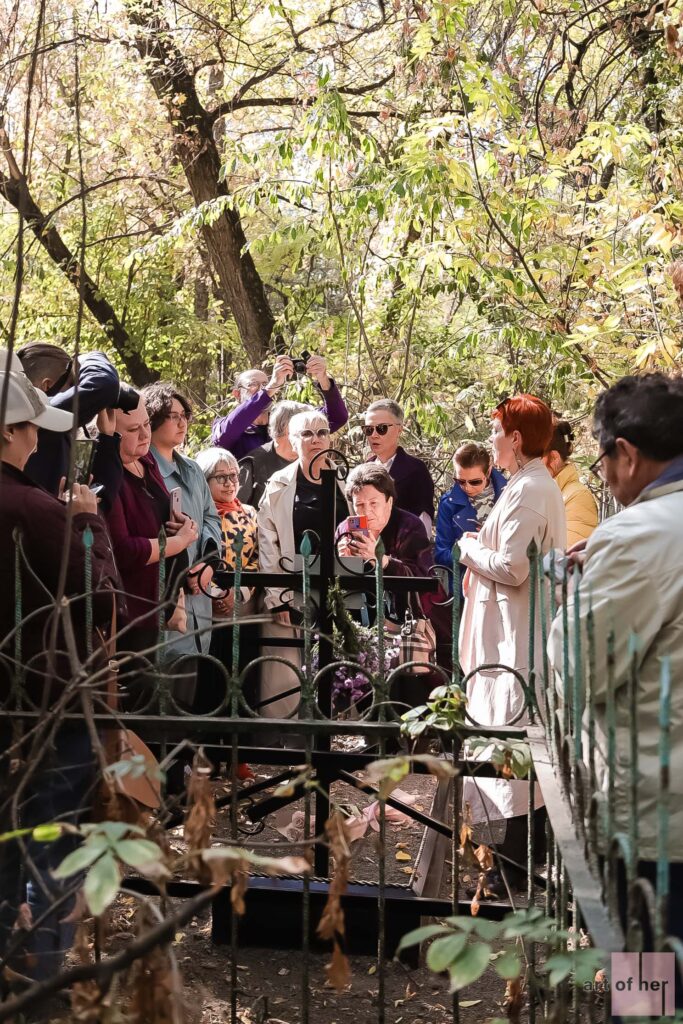
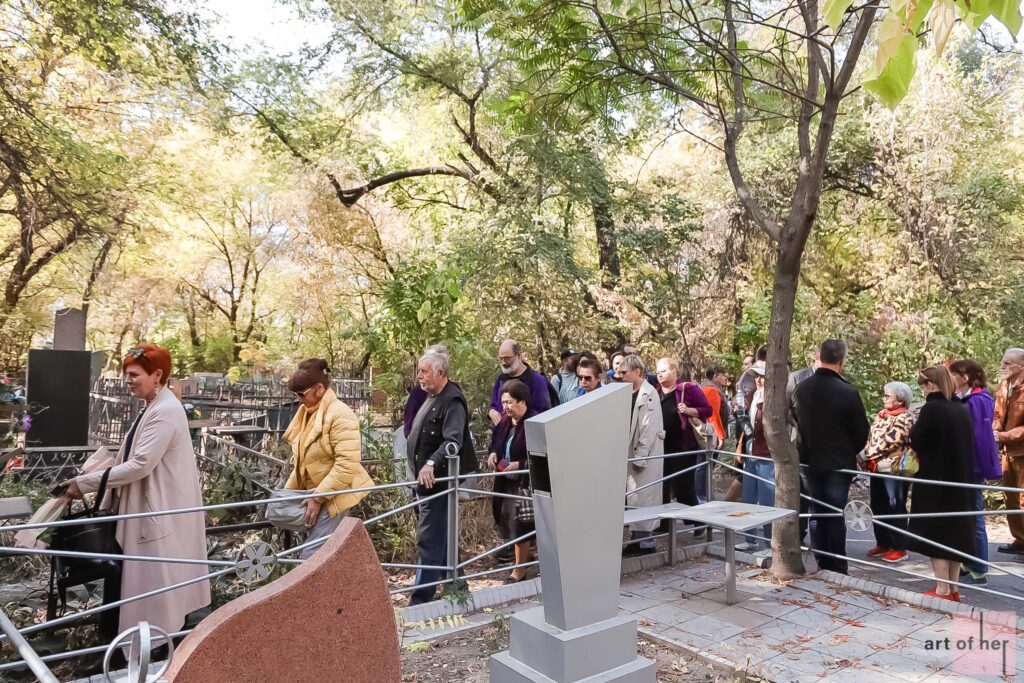
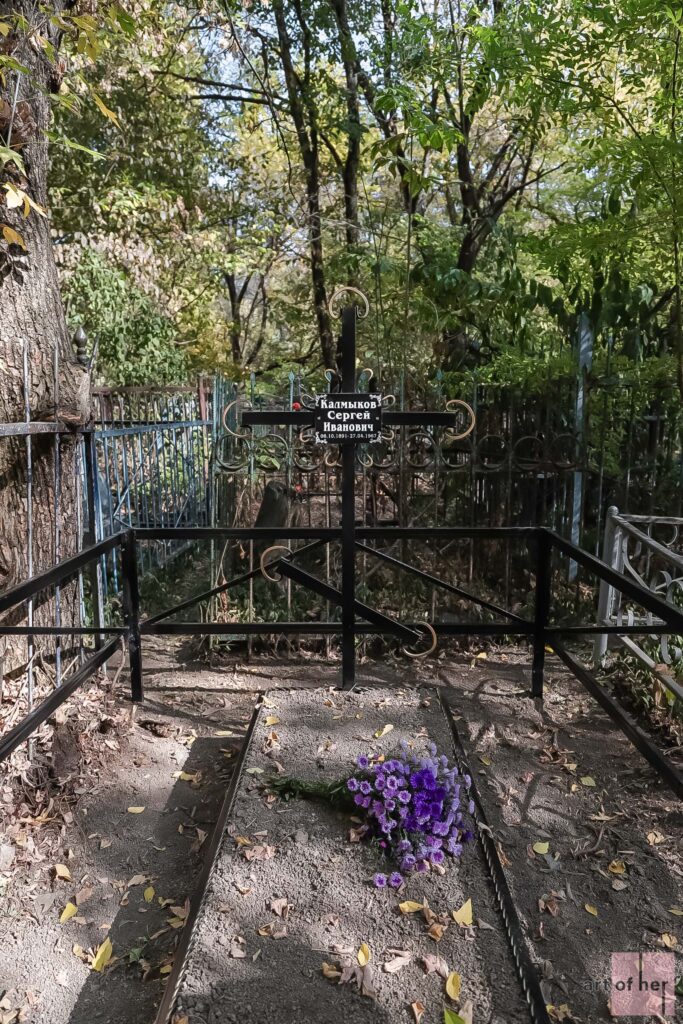
After that, routine work was done with the city archives, where a record was found of the artist's death and those buried next to him. Thanks to this document, Morozova and Afonin claim to have found Kalmykov's grave.
"I'm sure this is his burial place. When you exhume it, you get a male skeleton, no different from any other male skeleton. You won't be able to tell from the skull or from the bone remains that it is Kalmykov. There are no relatives for DNA. I think that the idea of exhumation is absolutely absurd. There are documentary and other historical sources which allow to establish the place of burial. This is the world practice", - Georgy Afonin shared.
The honored worker of Kazakhstan, film director Alexander Golovinsky is very skeptical about the found burial place of the artist. According to him, in the 80s, director Igor Gonopolsky and writer Slava Karpenko shot a big documentary about Sergey Kalmykov, in which they could not find the grave.
"They looked everywhere. Through the theater, through the archives. No one knew. And now, after all this time, it turns out that his colleague from the theater buried him. Why didn't she say anything at the time? For me, it remains Kalmykov's 'supposed' grave."
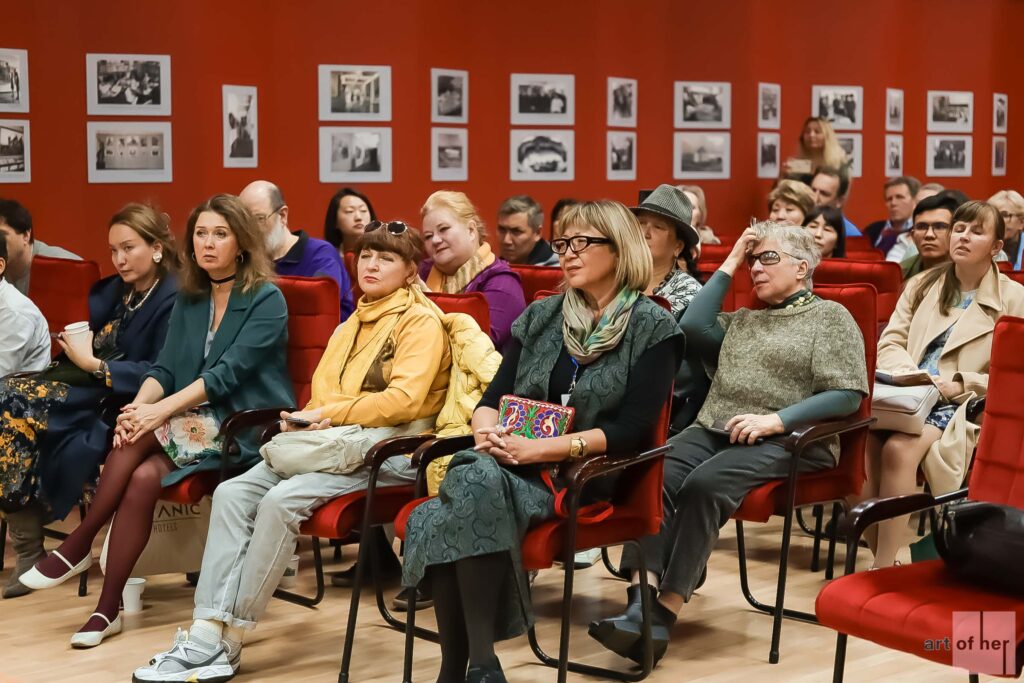
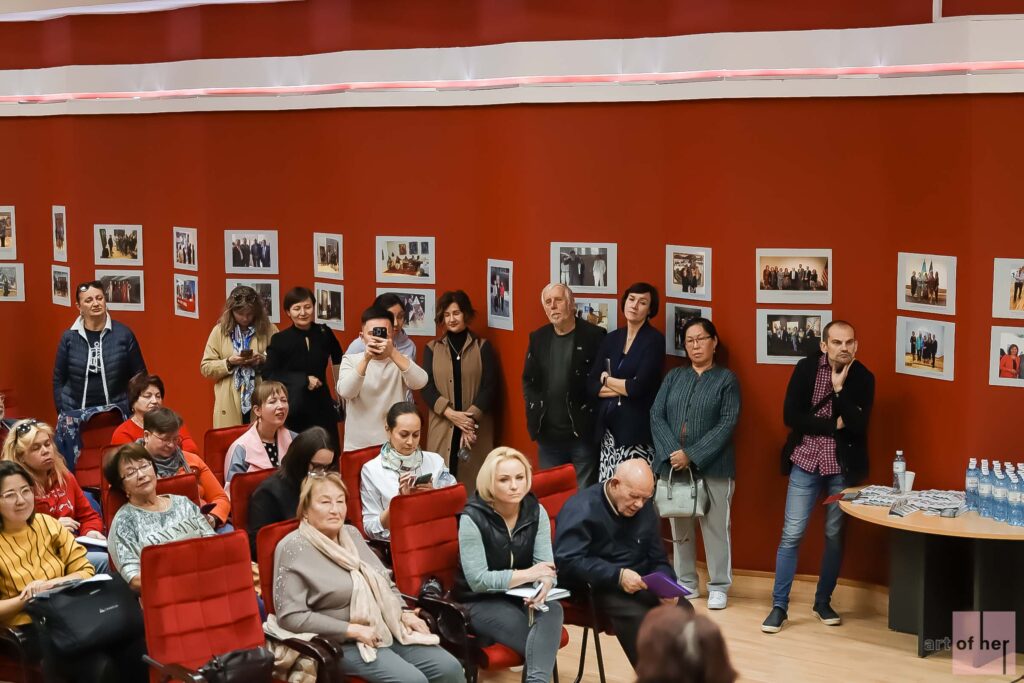
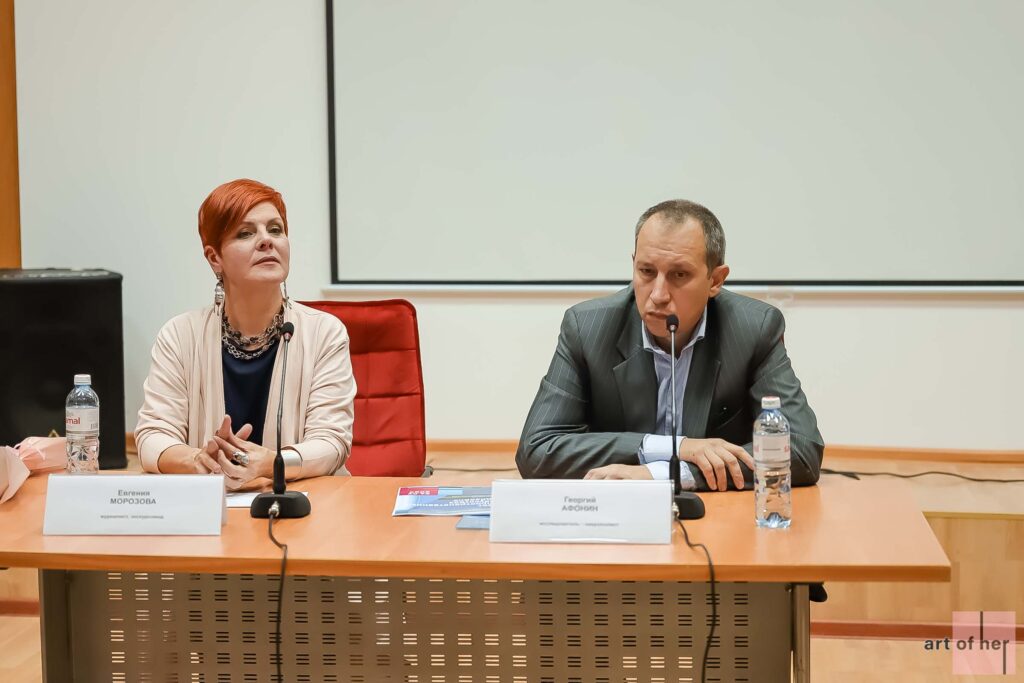
Now a fence, a cross and a nameplate have been placed at the site of Sergey Kalmykov's grave by those not indifferent. Journalists, colleagues and admirers of his work paid tribute to the artist's last resting place.
Personal exhibition
As part of this opening and a new chapter in the history of Sergey Kalmykov, the Kasteev Museum of Art opened a personal exhibition in his honor. Today, this section of the collection is deservedly the pride of the museum's collection, invariably arousing genuine interest among the general public.
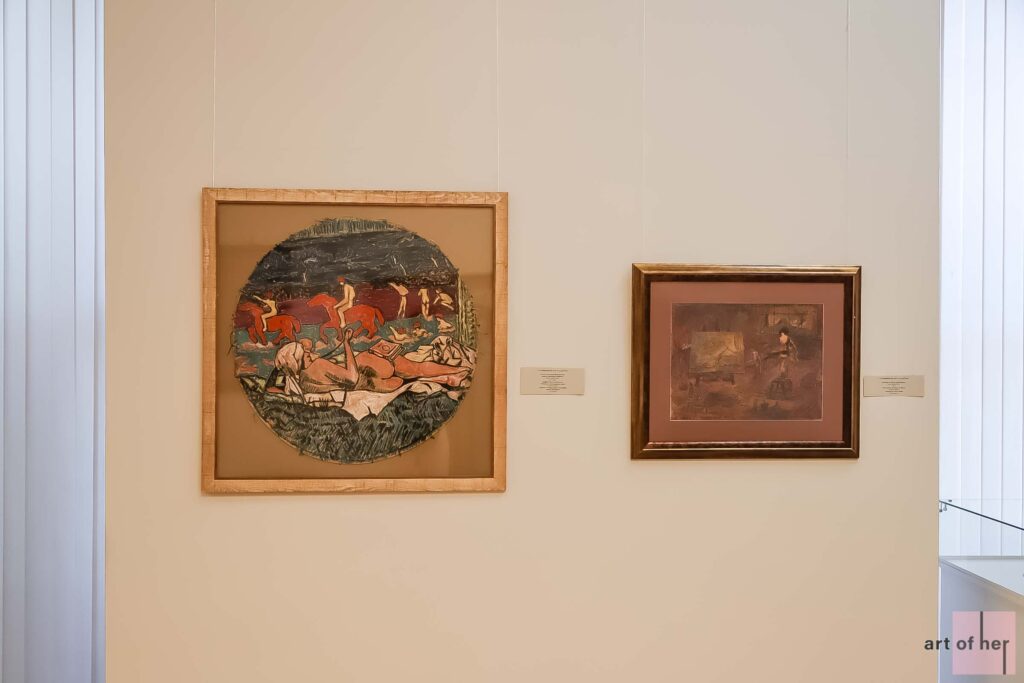
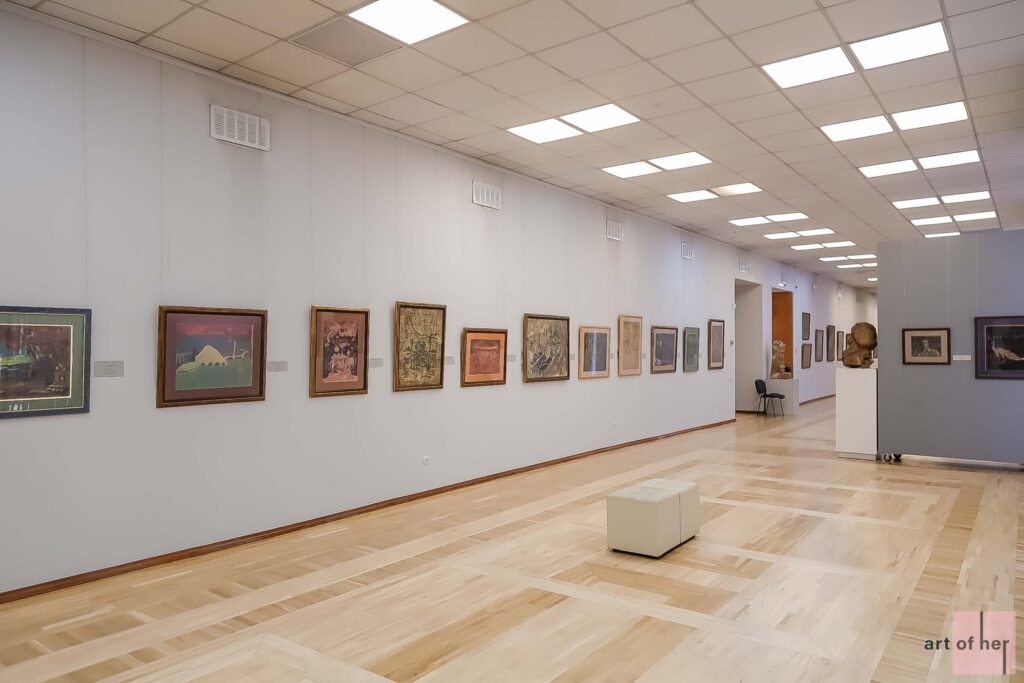
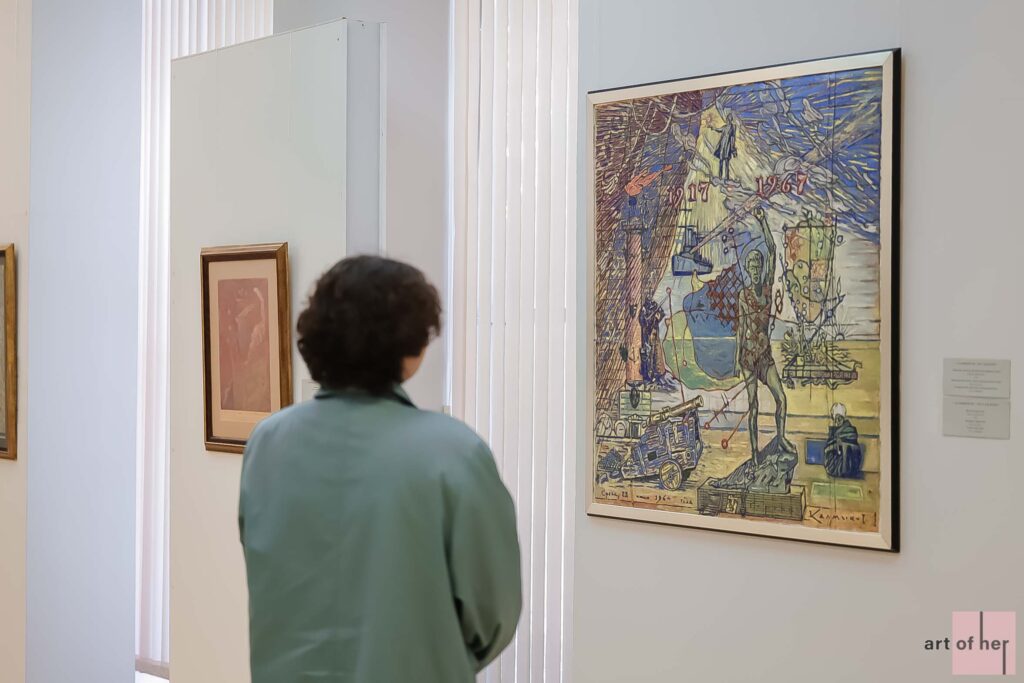
The exhibition "Kalmykov. The Last Refuge" will run until the end of October 2022.
Address: mkr. Koktem–3, 22/1 (A. Kasteev State Museum of Art).
Entrance is paid: from 200 to 500 tenge.
Opening hours: Tuesday-Sunday from 10:00 to 18:00.


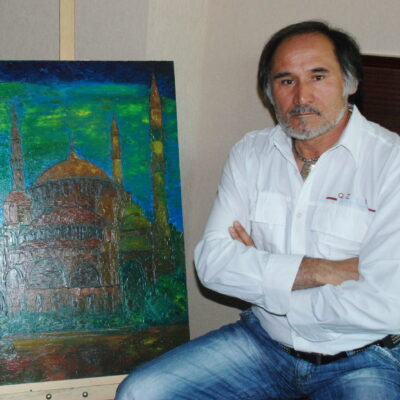

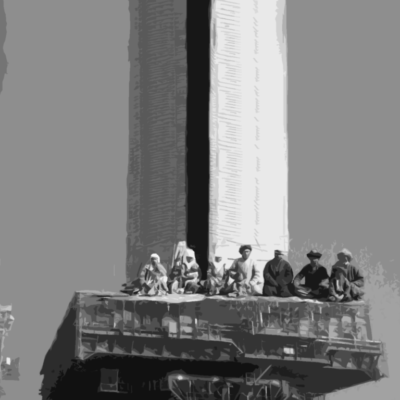
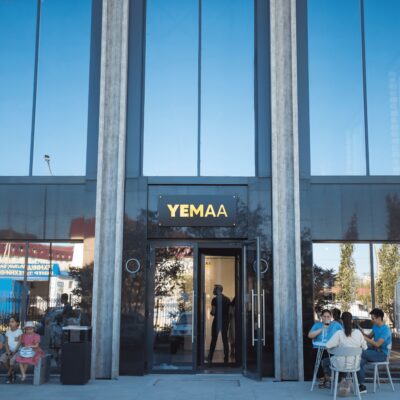
Bishkek Art: a guide to museums and galleries
Как прошла новая закрытая встреча Onermen Kezdesu